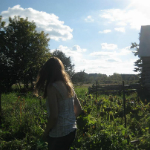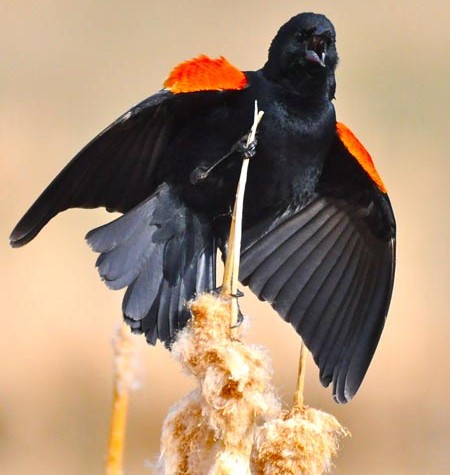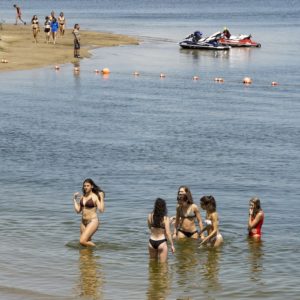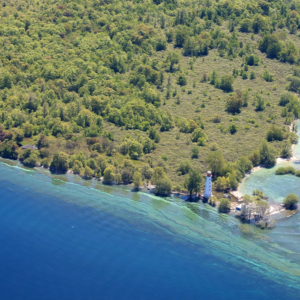Protecting the North Arm of the Great Slave Lake

Blair Scott,
Professional Writing Intern
In the Northwest Territories, just bordering Yellowknife, lies Dinàgà Wek’èhodì (dee-na-ga wek-a-ho-dee) – a northern pocket in the North Arm of the Great Slave Lake. The 790 square kilometre region is an IBA-designated, international hot-spot for migrating birds, with the springtime seeing thousands of flocks staged here (and a respectable number of avian residents in the fall, too).
In 1990, over 100,000 birds from 29 different species were recorded in the North Arm. Birds that take post here include several goose species – ranging from the Tundra Swan to the Canada Goose – as well as the vulnerable Rusty Blackbird, the quirky-looking Surf Scoter, and the Northern Pintail. All of these birds rely on a steady flow of water to maintain favourable conditions in their habitat. The surrounding region is also very duck-friendly; the forests provide an ideal space for the reproduction of Boreal Ducks.
There is currently a movement under the Northwest Territories Protected Areas Strategy to protect this branch of the Great Slave Lake. Doing so will help preserve its vital capacity to sustain thousands of migratory birds each year, and will help keep its waters clean from environmental pollutants. Several First Nations representatives are involved with the project, as well as stakeholder-organizations and sponsors from the environmental and cultural realms. Since the Dinàgà Wek’èhodì region is culturally significant to both the Dene and Métis communities – who have traditionally utilized the area for activities such as hunting and fishing – the input of these representatives will be imperative.
Although there are no imminent threats to the bird-friendly ecosystem of Dinàgà Wek’èhodì, recreational boating activities and pollution have been cited as disturbances that need to be kept in-check. We must also think about what it happening further downstream – the mother-lake that this north pocket belongs to has been matched against the ongoing threat of dam construction around its Upper Slave River pocket (a.k.a. the Peace River). As a result of this activity, the Great Slave Lake has seen a reduction in its water levels.
What does this mean for the migratory bird paradise intact upstream? It is currently unknown what impact this will have on these birds and their habitats, but speculative probability assessments have been wary of the impending development projects.
Nature Canada is raising our voice to have this area, as well as 6 others, listed as a protected area and you can help!
[button link=”http://e-activist.com/ea-campaign/action.retrievestaticpage.do?ea_static_page_id=4826″ size=”medium” target=”_self” color=”blue” lightbox=”false”]Take Action and Save Wilderness Now[/button]


